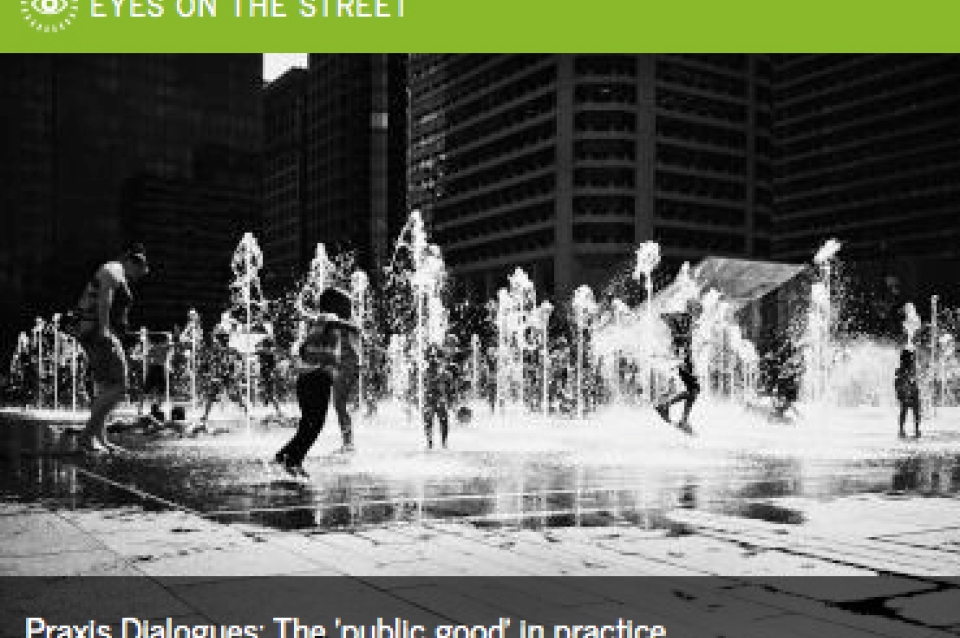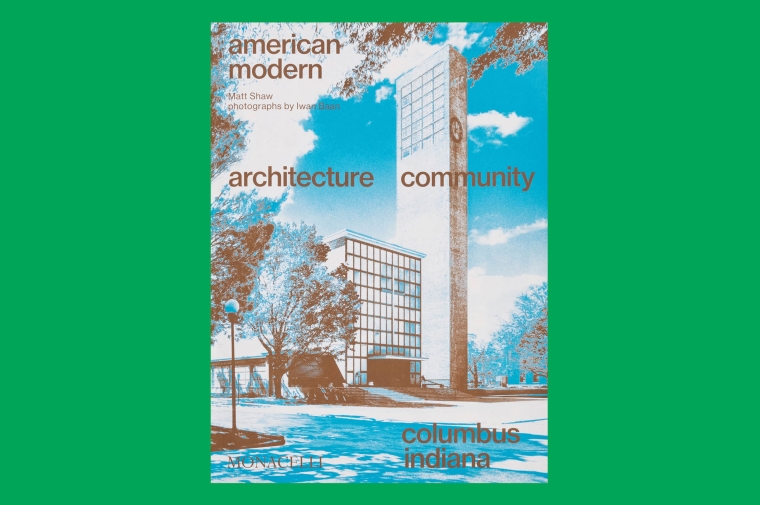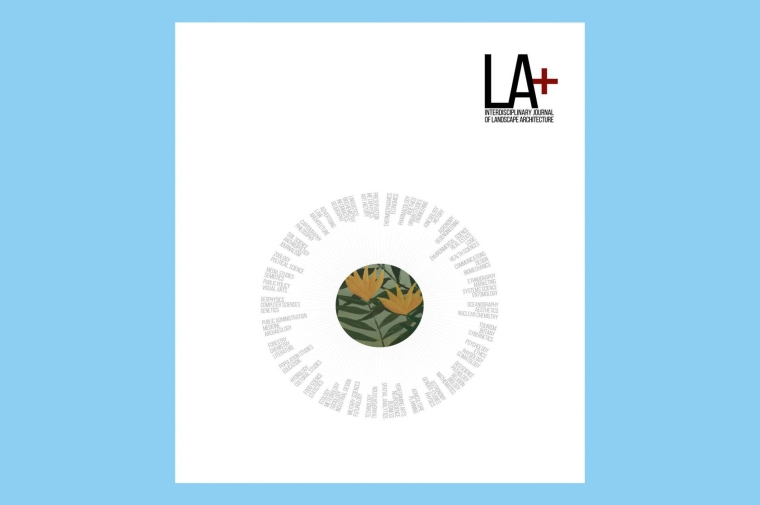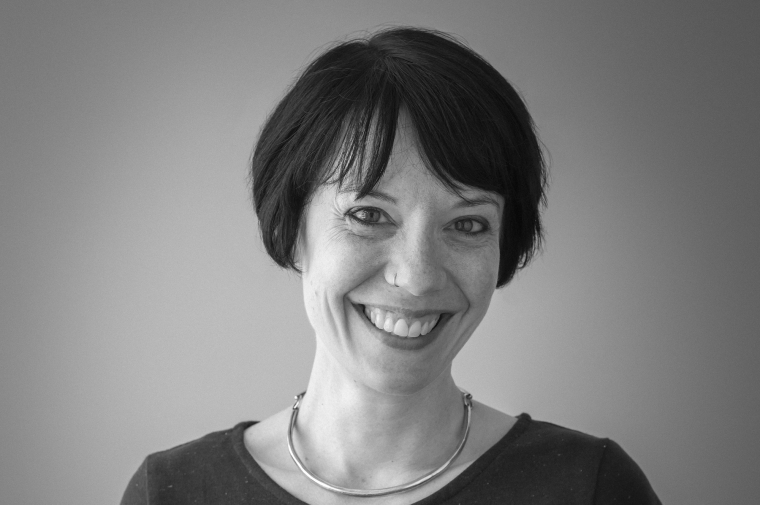November 3, 2015
Stuart Weitzman School of Design
102 Meyerson Hall
210 South 34th Street
Philadelphia, PA 19104
Get the latest Weitzman news in your Inbox
Media Contact
Michael Grant
mrgrant@design.upenn.edu
215.898.2539
From PlanPhilly.com:
On December 1, PennPraxis and PlanPhilly will kick off Praxis Dialogues, the first in a series of public conversations about the notion of "the public good" in design practice, and how it informs and affects the design and use of spaces in the public realm. To tee up this discussion we'll be running commentaries from participants in the dialogues. First up, PennPraxis' executive director, Randy Mason.
What is “the public good”? And how does it guide us in practice?
“Public good” is one of the most important ideas and ideals animating design, planning, preservation, and public art. It is an ideal underpinning the practice of every professional working on the built environment.
So what is the public good? What does the public good look like? How do we know when we’ve gotten it right?
As commonplace as the word “public” is in our debates and professions, rarely are we explicit about what constitutes public good. More fundamentally, there are as many different ideas about what responsibilities are attached to “public good” as there are people working on it and for it. We should explore these assumptions, ideals and differences more deeply and explicit – make them public – in order to bear the responsibility more effectively.
Public good, in any definition, is a fraught concept, charged by who gets to define what the public good is, who pays for it, and who benefits.
Praxis Dialogues is meant to be a discussion, a debate that starts in one room and continues in to the spaces of our day-to-day work. In a series of public conversations, PennPraxis and its partner PlanPhilly will explore critically the connections and gaps between the design and management of public spaces and social, political conceptions of the public good.
We are all, in some manner, motivated by public good. But we tend to think of it abstractly and usually implicitly. Or rather, we oversimplify the provision of the public good as a responsibility of government, as consisting only in publicly owned buildings and territories. The ideal, though, is much more ambitious. Public good in a full sense challenges us to envision shared spaces as not just those leftover once private goods are consumed. How does our shared, “public” realm express and live up to our political and social ideals? We owe it to ourselves, our collaborators, and our fellow citizens to be explicit about this ideal – and to be candid in our evaluation of how we succeed or fail to realize it. We should “own” the problematic aspects of public good, and recover it as an aspiration while exploring the difficulties of pursuing this ideal in the fraught world of everyday practice.
Read the full article on PlanPhilly.com.


 Expand Image
Expand Image



